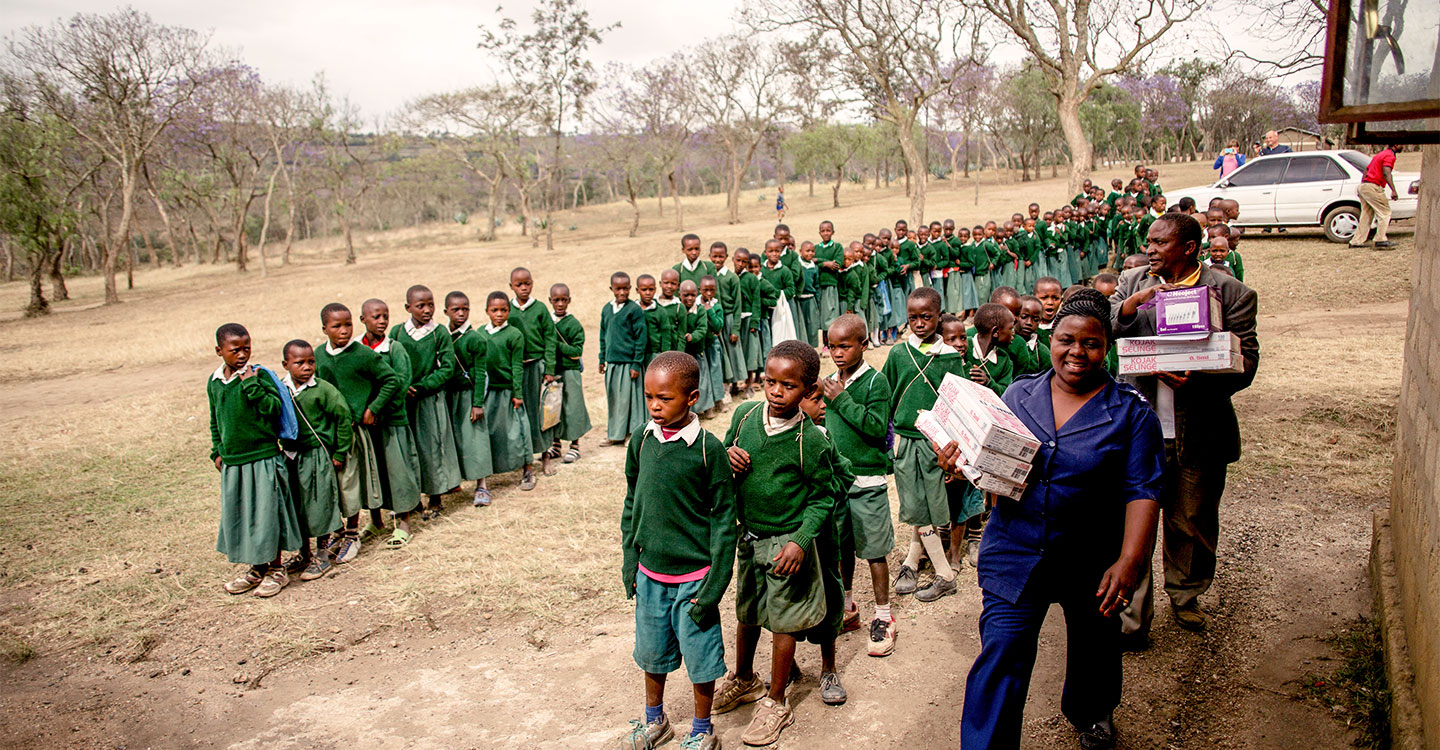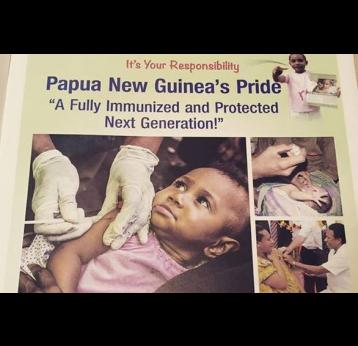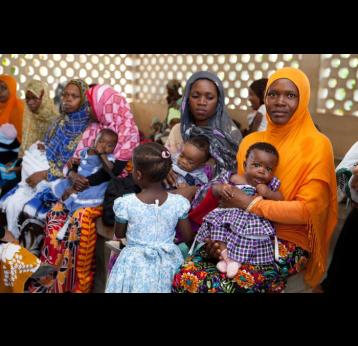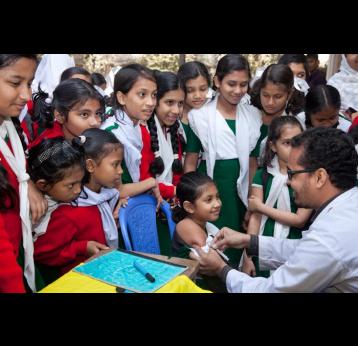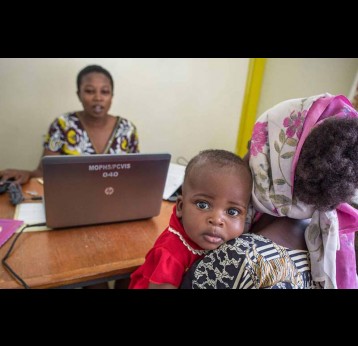Gavi’s impact
The global number of reported cases more than doubled from 2017
Over 118 million children reached with measles or measles-rubella vaccine through routine immunisation
More than 524 million children immunised through measles and measles-rubella vaccination campaigns
GLOBAL NUMBER OF REPORTED CASES DOUBLES FROM 2017
While 2018 saw some progress in efforts to protect more children against measles, including successful immunisation campaigns in some of the largest Gavi-supported countries, the overall picture was not positive. The global number of reported cases more than doubled from 2017. Stagnating coverage rates led to multiple measles outbreaks worldwide, including in Gavi-supported countries such as India and Madagascar. Just 14 of the initial 73 Gavi-supported countries have been certified as having eliminated measles as a public health problem.
OVER 118 MILLION CHILDREN REACHED WITH MEASLES OR MEASLES-RUBELLA VACCINE THROUGH ROUTINE IMMUNISATION
By the end of 2018, our support for a second dose of measles vaccine through the routine immunisation system had helped immunise more than 76 million children. This support provides a second opportunity to reach children who missed the first dose. It also produces immunity in the small number of people who failed to develop it after the first dose. Since the programme start, Gavi has also reached over 42 million children with a first and/or second dose of measles-rubella vaccine.
OVER 524 MILLION CHILDREN IMMUNISED THROUGH MEASLES AND MR CAMPAIGNS
In order to have a long-term impact on both measles and rubella control, we have invested more than US$ 600 million in large-scale measles-rubella catch-up campaigns since 2012. This catalytic support requires countries to introduce MR vaccines into their routine system after a campaign. Gavi also supports measles and measles-rubella follow-up campaigns to address immunity gaps in the population and help build population immunity.
So far, over 275 million children have been immunised through Gavi-supported measles-rubella catch-up and follow-up campaigns, and over 249 through Gavi-supposed measles follow-up campaigns. Nationwide measles-rubella catch-up campaigns target all children aged 9 months to 14 years, while follow-up campaigns target children aged 9–59 months every 2–5 years.
The issue
Measles remains one of the top vaccine-preventable killers of children.
Rubella infection in early pregnancy can result in foetal death or birth defects.
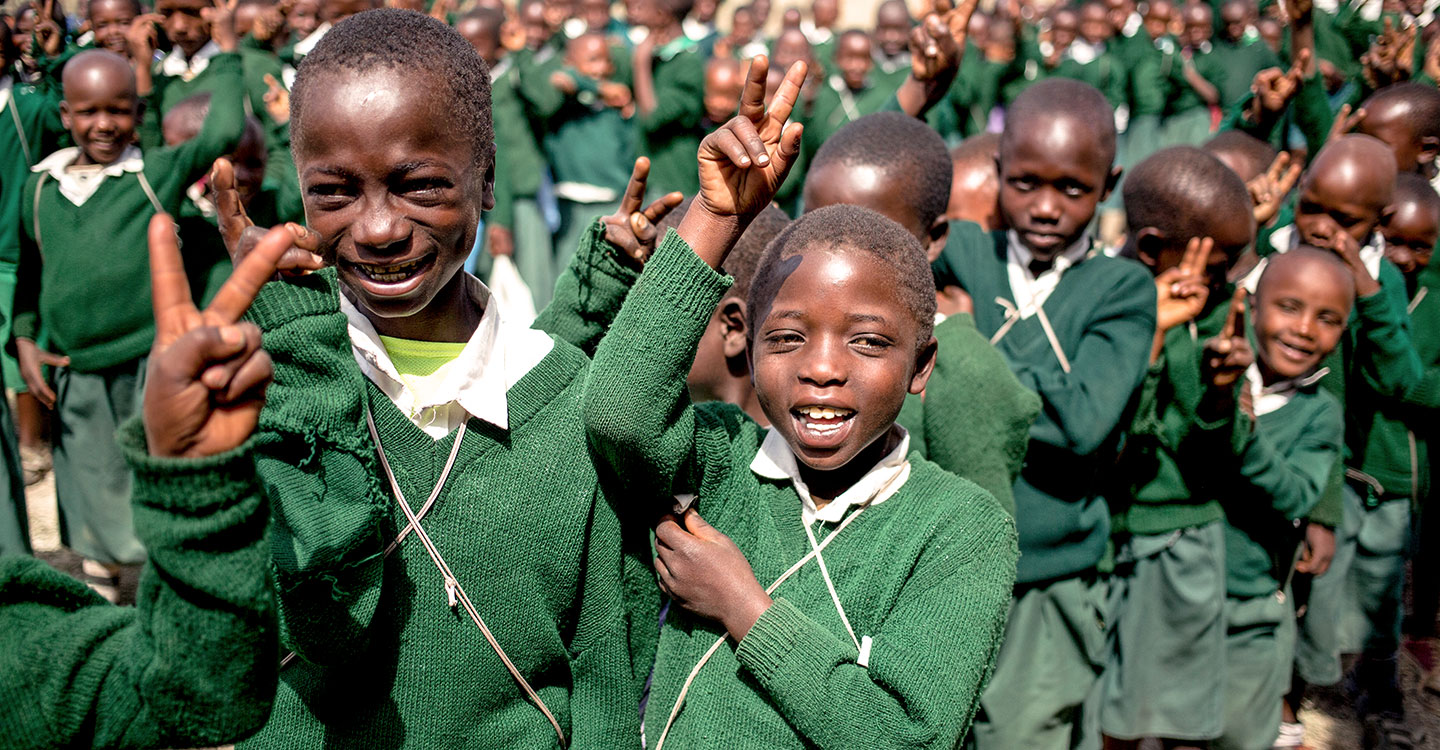
Measles remains one of the top vaccine-preventable killers of children.
Rubella infection in early pregnancy can result in foetal death or birth defects.
DISEASE BURDEN
Measles is a highly contagious virus and remains one of the top vaccine-preventable killers of children. Symptoms include high fever and a severe skin rash.
Thanks to the widespread introduction of measles vaccine, global measles deaths have fallen dramatically. Before 2001, more than 750,000 children died every year from measles.
But even with this impressive decline, progress has stalled, and the number of cases even increased in several countries. Outbreaks continue across Africa and Europe, with children under the age of five most affected. More than 95% of measles deaths occur in low-income countries with weak health systems.
Rubella is no longer the threat it once was in many countries, thanks to widespread vaccination. But for millions of mothers and their children in low-income countries, it poses an ongoing danger. When a woman is infected with the rubella virus early in pregnancy, she has a 90% risk of passing the virus on to her foetus. This can cause miscarriage, stillbirth or severe birth defects known as congenital rubella syndrome (CRS).
Every year, more than 100,000 babies are born with CRS - the majority in Africa and South-East Asia. Although the rubella vaccine has been available since the 1970s, it is still underused in these regions.
Gavi’s response
Gavi’s support for measles and rubella vaccines is a game-changer in the control of two deadly and debilitating diseases.
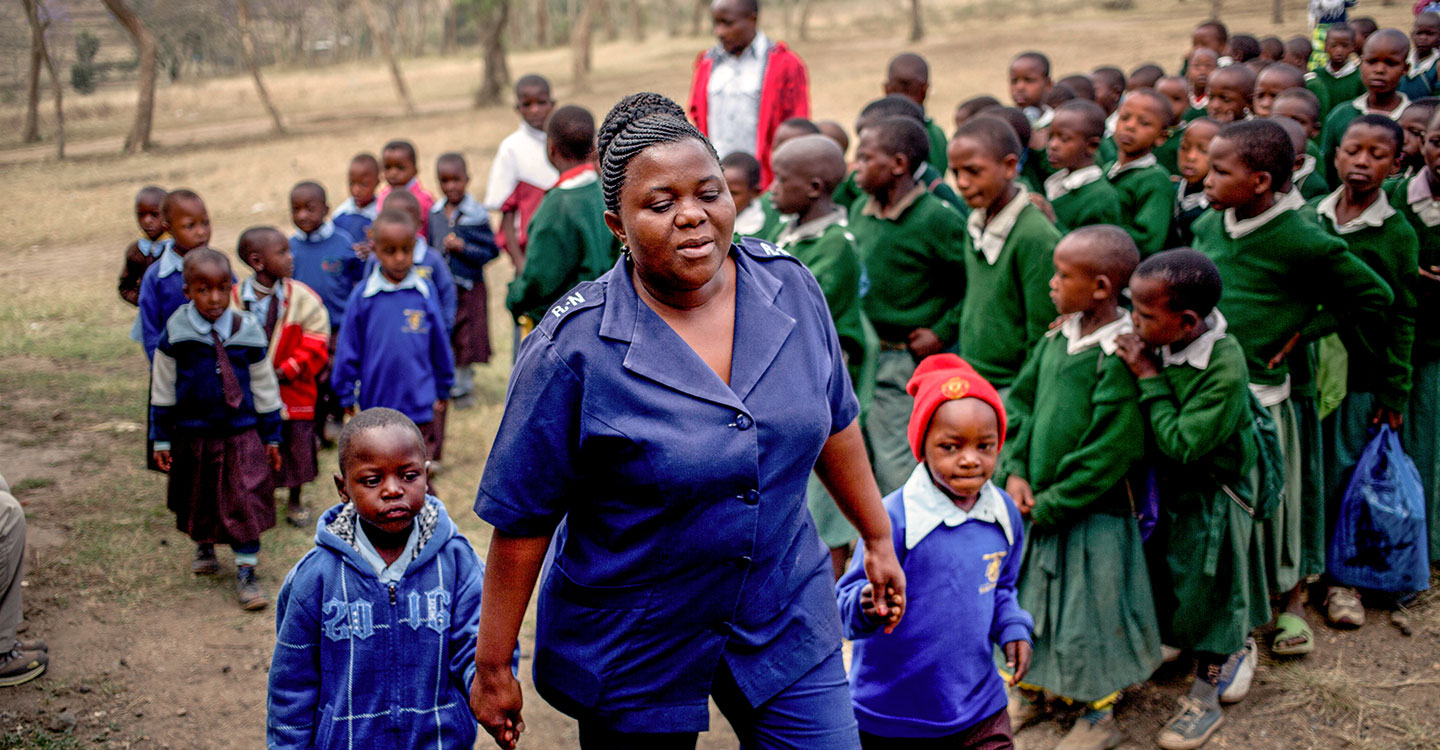
Gavi’s support for measles and rubella vaccines is a game-changer in the control of two deadly and debilitating diseases.
NEW MEASLES AND RUBELLA STRATEGY
2017 marked the first year of Gavi-supported measles vaccine introductions and campaigns under our new measles and rubella strategy. The bulk of our support for measles vaccine is allocated towards the combined measles-rubella (MR) vaccine, which also provides protection against congenital rubella syndrome.
The revised approach involves increases in both vaccine support and introduction grants, as well as enhanced technical assistance from Alliance partners. It aims to help countries deliver high-quality plans, implementation and evaluation of routine programmes and campaigns. For instance, countries are required to conduct independent surveys to track campaign coverage.
During 2017, we increased our collaboration with the Measles & Rubella Initiative, which led to clear results in 2018. Focusing on the six countries with the highest number of underimmunised children led to successful immunisation campaigns in Nigeria and Pakistan – using polio eradication workers and systems, and enhanced collaboration between Alliance partners. This resulted in unprecedented levels of coverage: 89% in Nigeria and 93% in Pakistan, close to the 95% level required to confer herd immunity and with large numbers of previously unimmunised children reached.
Given the importance of increasing the number of people protected from measles, the Board also agreed to allow greater flexibility in the use of operational cost support funds to conduct more targeted activities. Burundi, Lesotho, Senegal and Zambia are among the countries expected to make use of this new flexibility.
The results from these campaigns and the options surrounding these flexibilities are good news, but they are no substitute for sustainable routine immunisation.
FOUR TYPES OF SUPPORT
-
Measles and measles-rubella routine immunisation
Gavi supports a first and second dose of the MR vaccine, as well as second dose measles vaccines. Countries contribute to the cost of these Gavi-supported vaccines by co-financing some of the required doses.
Supporting a second dose of the vaccine provides a second opportunity to reach children who missed the first dose. It also produces immunity in the small number of persons who failed to develop it after the first dose
-
Measles follow-up campaigns
Nationwide follow-up campaigns immunise children aged 9–59 months every 2–5 years with measles vaccine. These campaigns are aimed at addressing gaps in measles immunity in the population that is not reached through routine immunisation.
-
Measles-rubella catch-up and follow-up campaigns
Gavi provides support for measles-rubella vaccine catch-up campaigns before the MR vaccine is introduced into the routine system. The campaigns target children aged 9 months to 14 years. By catalysing the vaccine’s introduction into the routine immunisation system, they help to ensure long-term impact on both measles and rubella control efforts.
Measles-rubella follow-up campaigns are also supported by Gavi once the vaccine has been introduced into routine immunisation. Similar to measles follow-up campaigns, these campaigns are aimed at addressing gaps in measles immunity in the population.
-
Measles outbreak response (through the Measles & Rubella Initiative)
Gavi provided US$ 55 million to the Measles & Rubella Initiative (M&RI, formerly the Measles Initiative) for the 2013–2017 period. The funding is used for outbreak response in Gavi-supported countries.
M&RI is a global partnership committed to ensuring no child dies from measles or is born with congenital rubella syndrome. It is led by the American Red Cross, the United Nations Foundation, the U.S. Centers for Disease Control and Prevention, UNICEF and WHO. The M&RI aims to achieve the measles and rubella elimination goals outlined in the Global Vaccine Action Plan.
From other sites
How to apply for vaccine support
Eligible countries can access detailed guidelines to manage the support they receive from Gavi.

